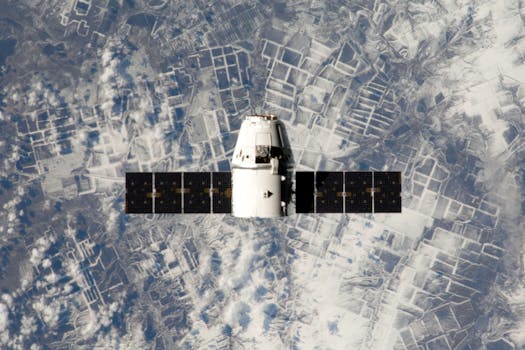
Satellite Telecommunications 2023: Key Developments and What They Mean for the Industry
The satellite telecommunications industry has experienced remarkable growth and innovation in 2023, driven by advances in technology, increasing demand for global connectivity, and strategic investments. As we delve into the key developments of this year, it becomes clear that these advancements are not only transforming the industry but also redefining the way we communicate and access information worldwide.
At the forefront of these developments is the launch of new satellite constellations, designed to provide high-speed, low-latency internet services to underserved and remote areas. Companies like SpaceX, Amazon’s Kuiper Systems, and OneWeb are spearheading this initiative, with thousands of satellites slated for launch in the coming years. This push towards a more connected world is expected to bridge the digital divide, fostering economic growth, education, and social inclusion in areas previously disconnected from the global network.
Another significant trend in 2023 is the integration of satellite telecommunications with 5G networks. This convergence is poised to unlock new capabilities, including enhanced mobile broadband, ultra-reliable low-latency communications, and massive machine-type communications. The incorporation of satellite technology into 5G infrastructure will facilitate ubiquitous coverage, including areas where terrestrial networks are either non-existent or impractical to deploy. This synergy is expected to play a crucial role in the development of smart cities, IoT applications, and critical communication services.
In addition to these technological advancements, regulatory and policy frameworks are being updated to accommodate the evolving satellite telecommunications landscape. Governments and international bodies are working to establish clearer guidelines and standards for the launch and operation of satellites, addressing concerns related to space debris, spectrum allocation, and cybersecurity. These efforts aim to ensure a safe, secure, and sustainable environment for the growth of satellite telecommunications, balancing innovation with responsibility.
The economic implications of these developments are profound, with the satellite telecommunications industry projected to experience significant expansion. The launch of new services and the increasing demand for satellite-based connectivity are expected to attract substantial investments, creating new opportunities for businesses and employment across the sector. Moreover, the enhanced connectivity facilitated by satellite telecommunications will have a multiplier effect on various industries, including finance, healthcare, and education, contributing to global economic development.
However, despite these positive trends, the industry also faces several challenges. The risk of space debris, the complexity of managing large satellite constellations, and the need for international cooperation on regulatory standards are among the key issues that must be addressed. Moreover, ensuring the security and integrity of satellite communications in the face of evolving cybersecurity threats is paramount. The industry, governments, and international organizations must work collaboratively to mitigate these risks and ensure the long-term sustainability of satellite telecommunications.
In conclusion, the developments in satellite telecommunications in 2023 are pivotal, marking a new era in global connectivity and communication. As the industry continues to evolve, driven by technological innovation, strategic investments, and regulatory advancements, it is essential for stakeholders to work together to harness the full potential of satellite telecommunications while addressing the challenges that lie ahead.
See more:





